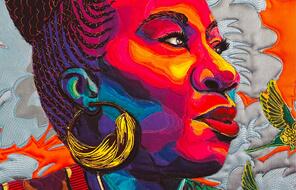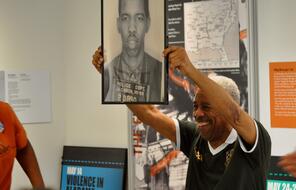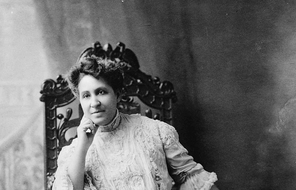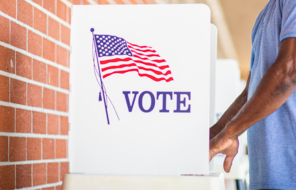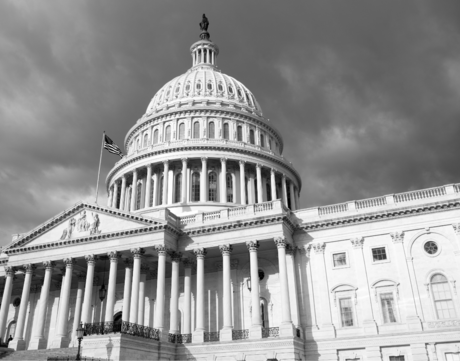
Teaching about the January 6 Insurrection and its Impact on US Democracy
On January 6, 2021, an estimated 2,000 people stormed the US Capitol in an attempt to disrupt the peaceful transfer of power. We continue to learn more about what happened that day through congressional investigation and ongoing trials of insurrectionists. The January 6 insurrection remains important to understand and discuss, as well as the larger questions it raises about the state of US democracy. As this article from TIME points out, though, approaching the topic of January 6 looks different depending on where you live. A recent poll found that 52% of young people between 18 and 29 believe that either US democracy is “in trouble” or “failed,” while only 7% agree that it is “healthy,” further highlighting the need to teach students about democratic institutions.
Consider beginning a conversation on the Capitol insurrection using our Head, Heart, Conscience discussion prompts adapted from our Teaching Idea Responding to the Insurrection at the U.S. Capitol:
- Head: What do you already know about the insurrection that happened on January 6, 2021? What additional facts or information would you like to have?
- Heart: How do you feel about what happened during the insurrection? Are there particular moments or images that stand out to you?
- Conscience: What do you believe was at stake in the events on January 6, 2021? What questions about right and wrong, fairness or injustice, did insurrection raise for you? How should individuals or politicians act in order to protect our democratic institutions?
Once you have introduced the topic, use a selection of the 4 Facing History resources listed below to help your students learn more about the insurrection and democratic institutions.
- What Happened During the Capitol Insurrection and Why?
This Teaching Idea guides students to resist oversimplified explanations of what happened during the insurrection by using an iceberg diagram to synthesize the events and outline multiple causes. It includes excerpts from texts that explore the ways in which inflammatory language, disinformation, and white supremacy were contributing causes of the insurrection.
- Mob Violence, Human Behavior, and the Capitol Insurrection
This Teaching Idea asks students to consider why so many people, including those who apparently had no plans to commit violence, participated in the Capitol insurrection, and it invites students to reflect on how even seemingly small choices that individuals make can contribute to larger acts of injustice and violence.
- Assessing the Strength of Democracy
The insurrection threatened US democratic institutions and the peaceful transfer of power. This Teaching Idea provides students with an opportunity to explore and deepen their understanding of the concept of democracy and equips them with a framework to assess the health of a democracy.
- Explainer: Free and Fair Elections
Many of the participants in the insurrection believed the false claim that the 2020 presidential election was fraudulent. Use this explainer and the accompanying Teaching Idea How Can We Evaluate If an Election is Free and Fair? to help your students understand the standards that governments need to meet before, during, and after an election to ensure that the election is "free and fair."
- Explainer: White Nationalism
Some insurrectionists displayed white nationalist symbols on January 6, 2021. Use this explainer to help your students understand what white nationalism is and why it is dangerous. You can learn more about the white nationalist symbols seen at the insurrection by viewing our on-demand webinar White Supremacy and Antisemitism: Lessons from the Capitol Attack.
Facing History invites educators to visit our page Resources for Teaching After the Insurrection at the US Capitol to find additional resources.
Don't miss out!
- download classroom materials
- view on-demand professional learning
- and more...


